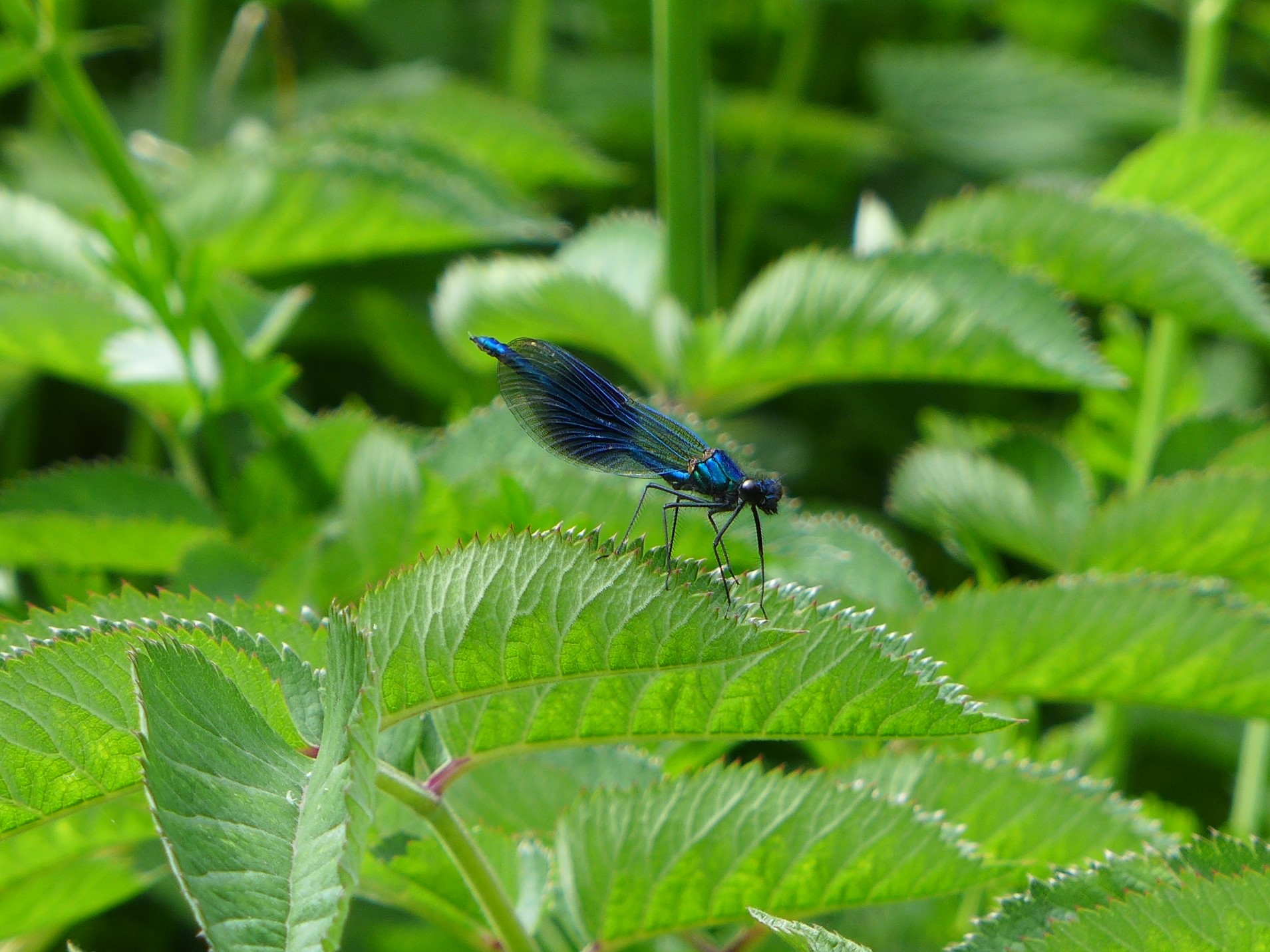When did Blashford Lakes become such an important place for you?
Blashford Lakes is a little jewel of greenness and beauty. It was one of the first places I ventured out to with my Dad when I was recovering from my second mental breakdown back in 2013/14.
I always remember we were sitting in a lake facing hide and had two Bitterns fly from the other side of the lake straight over the top of us. I didn’t know then how important this place of beauty would become to me. Years have passed now and I am off all medications and have been for some years now the only drug I crave is nature.
What has helped your struggles with mental health?
You see when I was going through my second mental breakdown all my worries and anxiety were constantly spinning around in my head, the only time when it wasn’t was when I was surrounded in green, with my camera around my neck. Photography and nature gave me a distraction and a focus, when I was taking my photos it gave me some much needed headspace.
How does visiting Blashford Lakes help you?
Nature, photography and Blashford are still my self-help therapy tool to this day. Blashford has even become more important to me as I’ve got two little feathered friends, Mr and Mrs Robin.
I’ve been hand feeding this ‘on and off’ couple of love birds for a couple of years now. This year Mrs Robin went off with another fella, and Mr Robin went off with another lady for the mating season. Both have now been dumped, bringing Mrs Robin back into the fold slightly to the annoyance of Mr Robin. I’ve had a talk with both of them and hopefully we’ve come to an agreement to let bygones be bygones….. it’s almost like being on Eastenders with my two little friends!
Blashford Lakes will always have a special place in my heart. I did my Sky News interview from here earlier this year as I feel so much at home here. Nature is a healer and still helps me to this day, take care all who read this.

Thank you so much to Trevor for befriending the Blashford Robins, and for taking the time to talk to me about how important nature, and connecting with nature is for our mental health. The whole team here at Blashford is so glad that we are able to offer people a place of sanctuary during difficult times, it really is a wonderful place. Chloe – Assistant Edu Officer

































